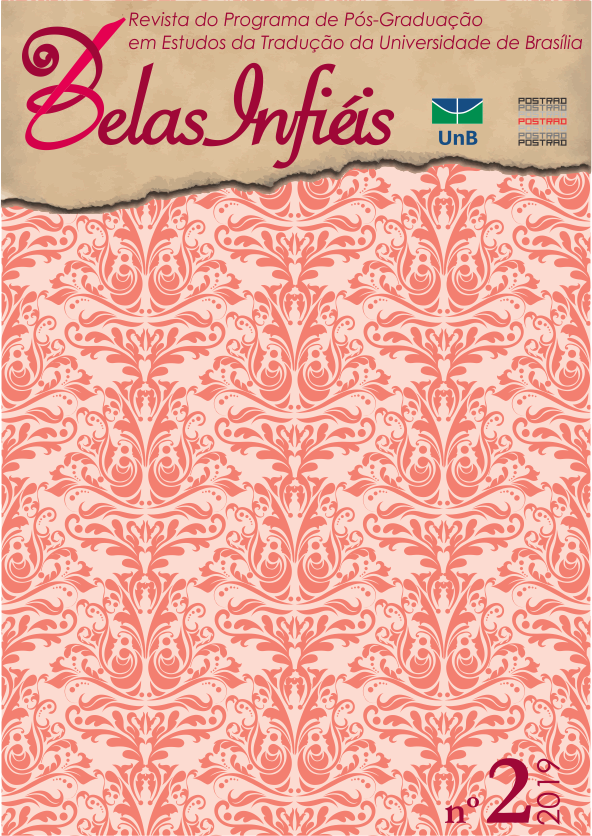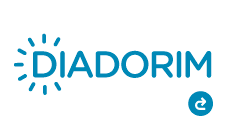The challenges of translating creole imaginary: the regulation of enunciative distance between the heterolingual source text and the translation
DOI:
https://doi.org/10.26512/belasinfieis.v8.n2.2019.24378Keywords:
Créolité. Creole language. Ethos. Heterolingualism. Enunciative distance.Abstract
This paper presents one of the aspects arising from the analysis of the translation of heterolingual texts: the enunciative dimension of the translated text[[i]]. Following Suchet (2010), the analysis focuses on the position of the responsible for the target text or second enunciation, and their relation with the enunciative instance in the source text. The study explores the work of Patrick Chamoiseau, one of the representatives of contemporary Antillean literature. More specifically, attention is given to his novel Texaco, which was awarded the Prix Goncourt in 1992, the same year of its publication, and to its Spanish translation by Emma Calatayud, done in 1994. Together with Jean Bernabé and Raphaël Confiant, Chamoiseau is one of the promoters of the créolité movement, which seeks the vindication of the Antillean identity and imaginary. In this context, we firstly examine the representations of both writing and the writer in this growing literary field, the symbolic value of the languages used, heterolingual phenomena in the source text and the management of alterity in the translation. Secondly, we analyse the regulation of enunciative distance between both texts, which enables the identification of different modes of negotiation. In building our corpus of study, we have selected some representative fragments of the Creole Martinican imaginary such as green wisdom and magic-religious beliefs. Our goal is twofold: (1) to identify the type/s of ethos materialized in the translated text; (2) to test an analytical tool which, springing from the practice of translation, contributes to the redefinition of translation as a space of transformation opening to the Other in multiple directions.
[i] This paper is part of the research project “La construcción del ethos y el tratamiento de los culturemas en situación de contacto de lenguas: su articulación en el campo de la Traductología y la didáctica de las lenguas-culturas extranjeras” (PI: H770, 2016-2020).
Downloads
Downloads
Published
How to Cite
Issue
Section
License
Given the public access to this journal, the texts are free to use but requires the recognition of the original authorship and initial publication in this journal to be properly stated.
 The journal allows the use of works published for non-commercial purposes, including the right to submit the work to publicly accessible databases. Published contributions are the sole and exclusive responsibility of the author(s).Â



















